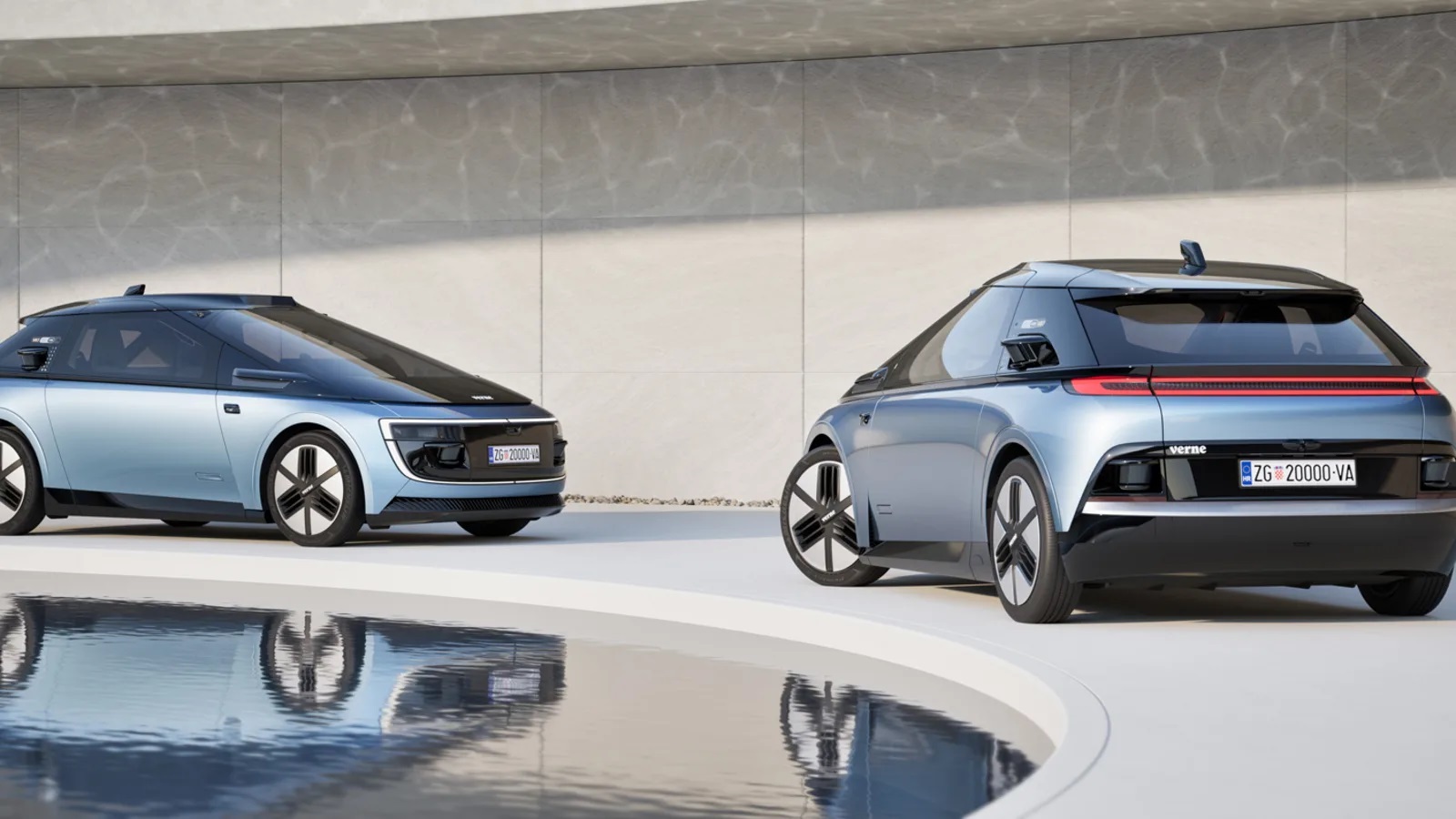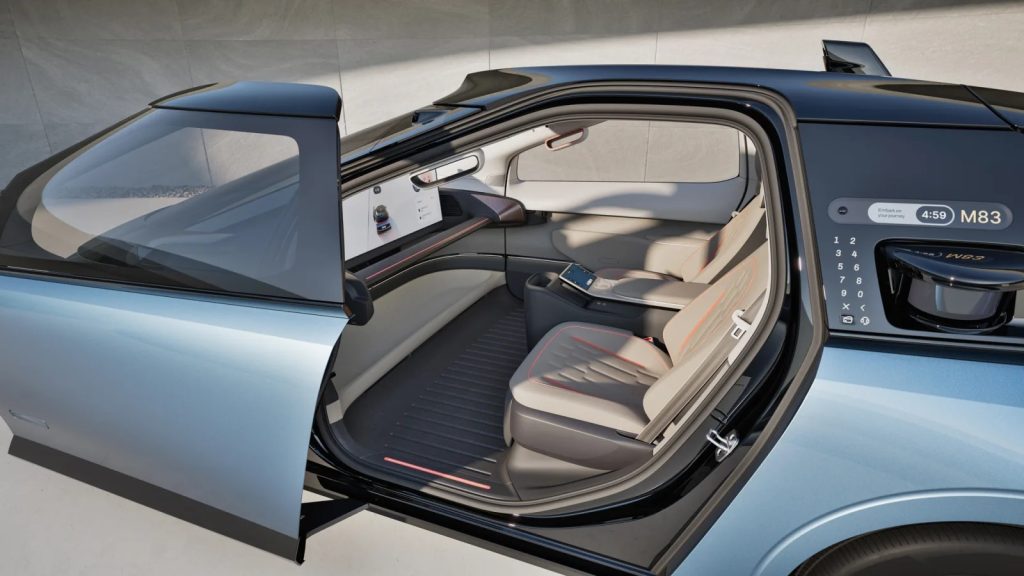Rimac’s Verne robotaxi brand is aiming to take ride-hailing services in a new direction with its fleet of stylish taxis. Verne will begin rollout in Zagreb, Croatia before expanding operations into other countries.
It has been a busy week for Rimac CEO Mate Rimac. The ambitious CEO helped reveal the Bugatti Tourbillion supercar which helps bring Bugatti into the world of hybrid vehicles for the first time ever with each one costing over $4 million. The Tourbillion is an impressive piece of engineering but Mate Rimac has big plans for other segments of the automotive industry.
That includes the robotaxi business with Mate Rimac revealing the Verne robotaxi brand which seeks to take the business in a new direction with its fleet of stylish automated taxis. Verne is poised to be a potential innovator in the segment but does it have all the tools to help establish itself as a potent threat to rivals?
Verne’s EV vehicle is different from the rest
Verne gets its name from French poet and novelist Jules Verne who died in 1905. However, while the name is a reminder of the past, Verne is focusing on leapfrogging into the future with its own interpretation of technology and style. One way that it’s doing this is changing the way most people view robotaxis. Many current robotaxis in operation have a square shape which maximizes versatility and capacity but sacrifices exterior styling to make it all work.
Verne designers chose to pitch the square and instead created a wedge-shaped two-seater that has room for two passengers and looks very stylish when compared to the established norm for most robotaxis. Rimac didn’t release any technical specifications but confirmed the fleet of taxis is built on an EV-dedicated platform that was built exclusively for autonomous ride-hailing. As a result, the taxis do not have a steering wheel or pedals but make up for it by incorporating an advanced suite of sensors, cameras, LiDAR, and traditional radar with all of that being paired with Mobileeye’s drive system. Verne claims that this suite of systems is versatile enough to help the taxi adapt to weather conditions, various types of roads, and even the local driving style for that particular area. Rimac also says that the vehicle will offer more interior space than a Rolls Royce which is very impressive for a vehicle its size.
When the shift ends for these vehicles, they will automatically return to a location called the Mothership where the vehicles will be inspected, charged, cleaned, and maintained before they go back out onto the roads for the next wave of passengers. Cleanliness is a high priority for passengers especially
Interior doubles down on mobile technology
The interior of the taxi features reclining seats and a center console-mounted tablet that allows riders to adjust the seats and control other functions. The tablet is joined by a large 43-inch screen that stretches across the majority of the dashboard. The screen has menus that are laid out in a logical manner with the center portion of the screen housing the navigation system while the space on each side of the map screen focuses on providing passengers with access to other infotainment-based features including a media hub that allows them to access HBO and other streaming media services. The two-seat layout may seem strange for a robotaxi but Rimac says it made this decision based on its internal research with the company revealing that 9 out of 10 rides are often used by only one or two passengers.
Verne’s biggest selling point is that its entire service will be app-based with the brand’s app allowing potential riders to customize the taxi before it arrives to pick them up. The level of personalization here is extensive and the app not only allows them to customize the ambient lighting but even set the climate control system so that the interior will be comfortable by the time they are ready to step inside. This focus on comfort also extends to a feature that Verne calls the “Median” which allows customers to start and stop the ride by pressing a button on the center console. That’s great for some riders who tell the cab to go to one place but either decide to change their mind and want to stop somewhere else along the route or to get out of the cab if they feel uncomfortable.
More Robotaxi Stories
- Plagued by Thefts, High Costs, Free2move Car-Sharing Service All But Shuts Down
- GM Cruise Planning to Relaunch Robocab Operations
- Musk Promises to Reveal Tesla Robotaxi in August
What’s Next For Verne?
Rimac and Verne didn’t reveal whether the taxis will eventually find their way into U.S. cities but they did reveal production of the Verne taxis will take place in a new factory in Zagreb, Croatia with the first operations expected to begin in Zagreb in 2026. Verne will use this initial rollout to gather data before expanding the service across the entirety of Europe and into the Middle East.
Verne has already embarked on an aggressive marketing campaign and has already signed fleet agreements with 11 cities. The brand is also in talks with 30 other municipalities around the world and if these talks all fall into place and produce results, it could give Verne a sizable headstart in establishing itself as a contender.











Doesn’t get much uglyier, does it.